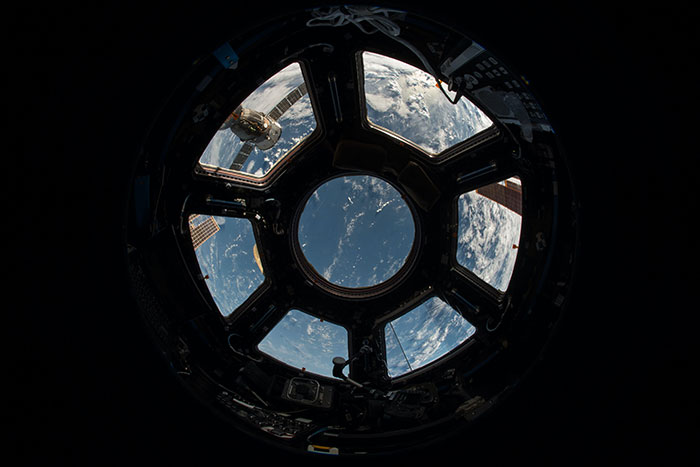NASA sent and received messages from Voyager 2, a spacecraft that left the Earth over 43 years ago, and they received a response from the spacecraft, the US space agency reports. The spacecraft has been in space for almost half of a century and most of its parts were produced with ancient technological innovations yet the communication took place.
Facilitated by DSS43, a radio antenna about 70- meter wide located in Australia at a Canberra facility belonging to the Deep Space Network, the communication is a thing of joy for NASA and Science in general. The spacecraft can only connect to the DSS43 as a result of its location.
The spacecraft is about 125 astronomical units from the Earth, the distance is about 125 times the distance between our planet and the sun. This made things quite difficult for NASA especially with a time delay of over 17 hours before the message could be delivered to the spacecraft amidst other challenges associated with communicating with the ancient spacecraft.
Another challenge is the fact that Voyager 2 flew past Jupiter, Saturn and Uranus. Voyager 2 also flew past Neptune, the last planet it flew by in 1989. Scientists wanted to go by the amazing moon of Neptune called Triton, so they told Voyager 2 to fly past the moon. Voyager 2 flew over the north pole of Neptune’s moon, a path that took it south of the plane of the Solar system. Voyager 2 has kept going south of the Solar system and is now so advanced in its journey that it can only reach DSS43.
NASA’s Deep Space Network on Earth, which entails antennas in big facilities in California, Australia, and Spain facilitates communication with spacecraft such as Voyager 2. The spread was made to ensure that all of the agency’s spacecraft can still keep reach at least one of the three large antennas. As a result of Voyager 2’s southward journey, it can only reach the facility in Australia, Arstechnica writes.
The facility is even older than Voyager 2’s journey to space. It was built over fifty years ago and the agency had to do a lot of repair work on it. The work started in March. The facility has remained offline since then until last week when they transmitted the signals to Voyager 2. The work included installing new hardware on the antenna’s large dish. After receiving the signals, the spacecraft had sent a message to show it had received the message and would initiate the commands sent to it by NASA.
This is an extraordinary feat for NASA and the whole of the science community. Voyager 2 and its predecessor are now going out of the Solar System into interstellar space. The agency expects that the aircraft should still be able to send and receive signals even in interstellar space.
Source: nasa.gov









